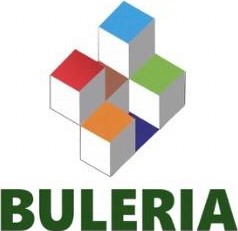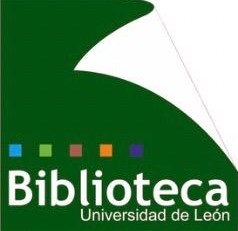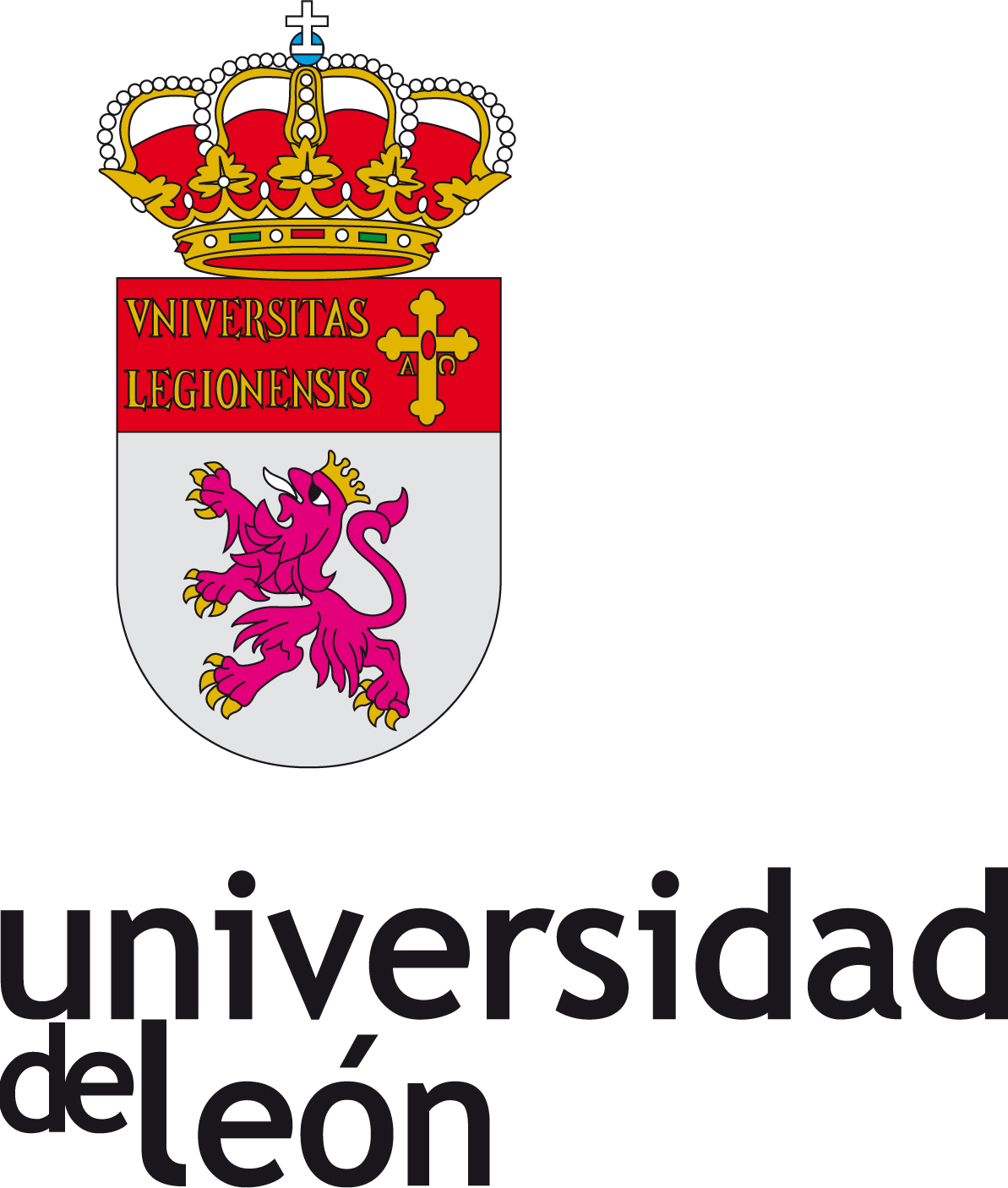Compartir
Título
Non‐invasive monitoring of tomato graft dynamics using thermography and fluorescence quantum yields measurements
Autor
Facultad/Centro
Área de conocimiento
Título de la revista
Physiologia Plantarum
Número de la revista
3
Cita Bibliográfica
Frey, C., Hernández-Barriuso, A., Encina, A., & Acebes, J. L. (2023). Non-invasive monitoring of tomato graft dynamics using thermography and fluorescence quantum yields measurements. Physiologia Plantarum, e13935. https://doi.org/10.1111/ppl.13935
Editorial
Wiley-Blackwell
Fecha
2023
ISSN
0031-9317
Resumen
[EN] Grafting involves a sequence of modifications that may vary according to genotypes, grafting techniques and growing conditions. This process is often monitored using destructive methods, precluding the possibility of monitoring the entire process in the same grafted plant. The aim of this study was to test the effectiveness of two non-invasive methods—thermographic inference of transpiration and determination of chlorophyll quantum yields—for monitoring graft dynamics in tomato (Solanum lycopersicum L.) autografts and to compare the results with other reliable measures: mechanical resistance parameters and xylem water potential. The mechanical resistance of grafted plants steadily increased from 6 days after grafting (DAG), 4.90 ± 0.57 N/mm, to reach values similar to non-grafted plants at 16 DAG, 8.40 ± 1.78 N/mm. Water potential showed an early decrease (from −0.34 ± 0.16 MPa in non-grafted plants to −0.88 ± 0.07 MPa at 2 DAG), recovering at 4 DAG to reach pre-grafting values at 12–16 DAG. Thermographic inference of transpiration dynamics displayed comparable changes. Monitoring maximum and effective quantum yield in functional grafts showed a comparable pattern: an initial decline, followed by recovery from 6 DAG onwards. Correlation analyses revealed a significant correlation between variation in temperature (thermographic monitoring of transpiration), water potential (r = 0.87; p = 0.02) and maximum tensile force (r = 0.75; p = 0.05). Additionally, we found a significant correlation between maximum quantum yield and some mechanical parameters. In conclusion, thermography monitoring, and to a lesser extent maximum quantum yield measurements, accurately depict changes in key parameters in grafted plants and serve as potential timing indicators of graft regeneration, rendering them valuable tools for monitoring graft functionality
Materia
Palabras clave
Peer review
SI
URI
DOI
Aparece en las colecciones
- Artículos [5503]
Ficheros en el ítem
Tamaño:
4.333
xmlui.dri2xhtml.METS-1.0.size-megabytes
Formato:
Adobe PDF















